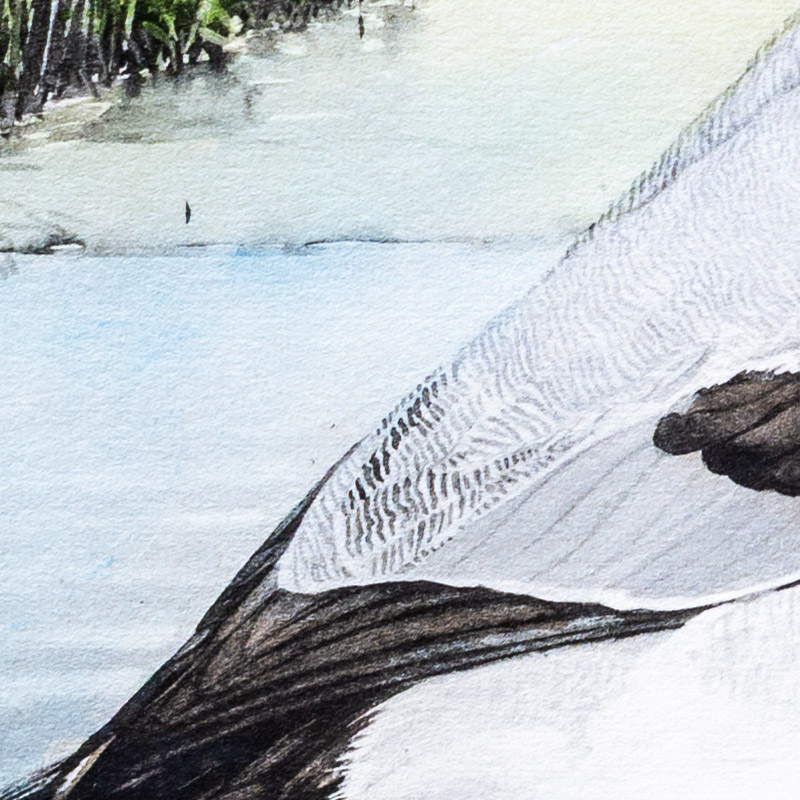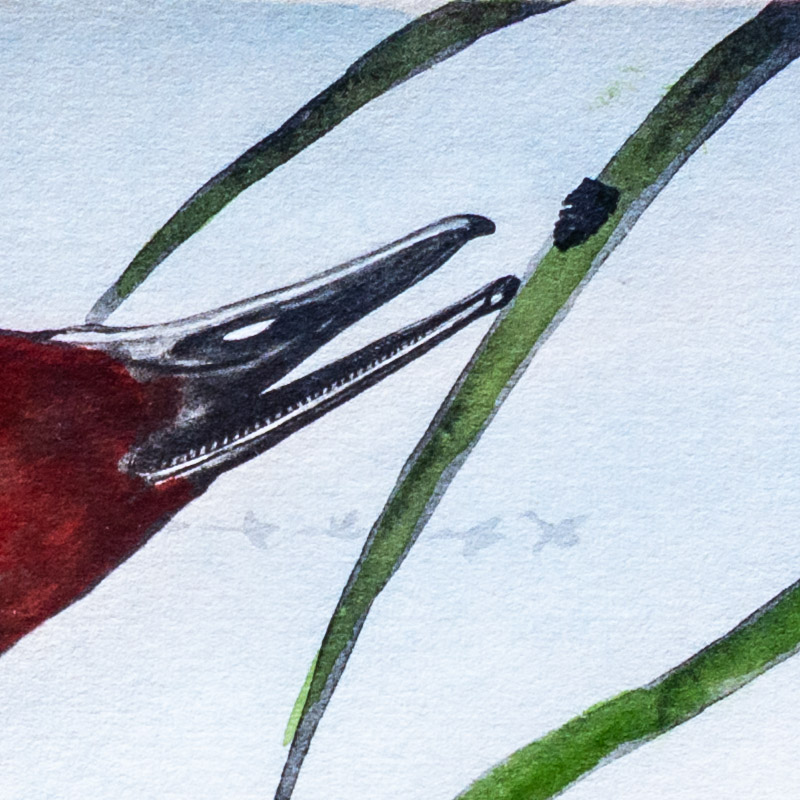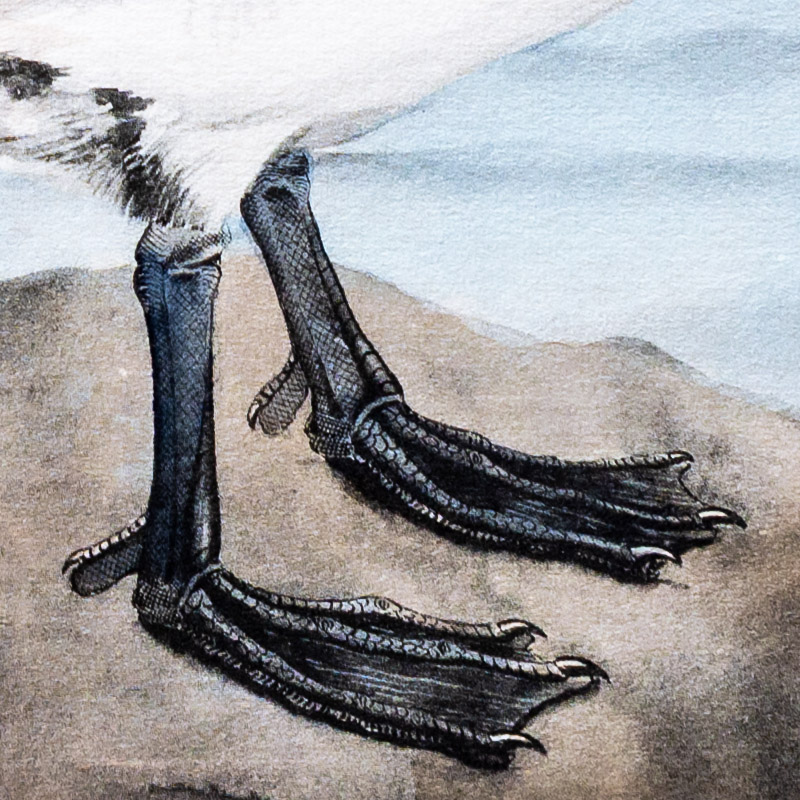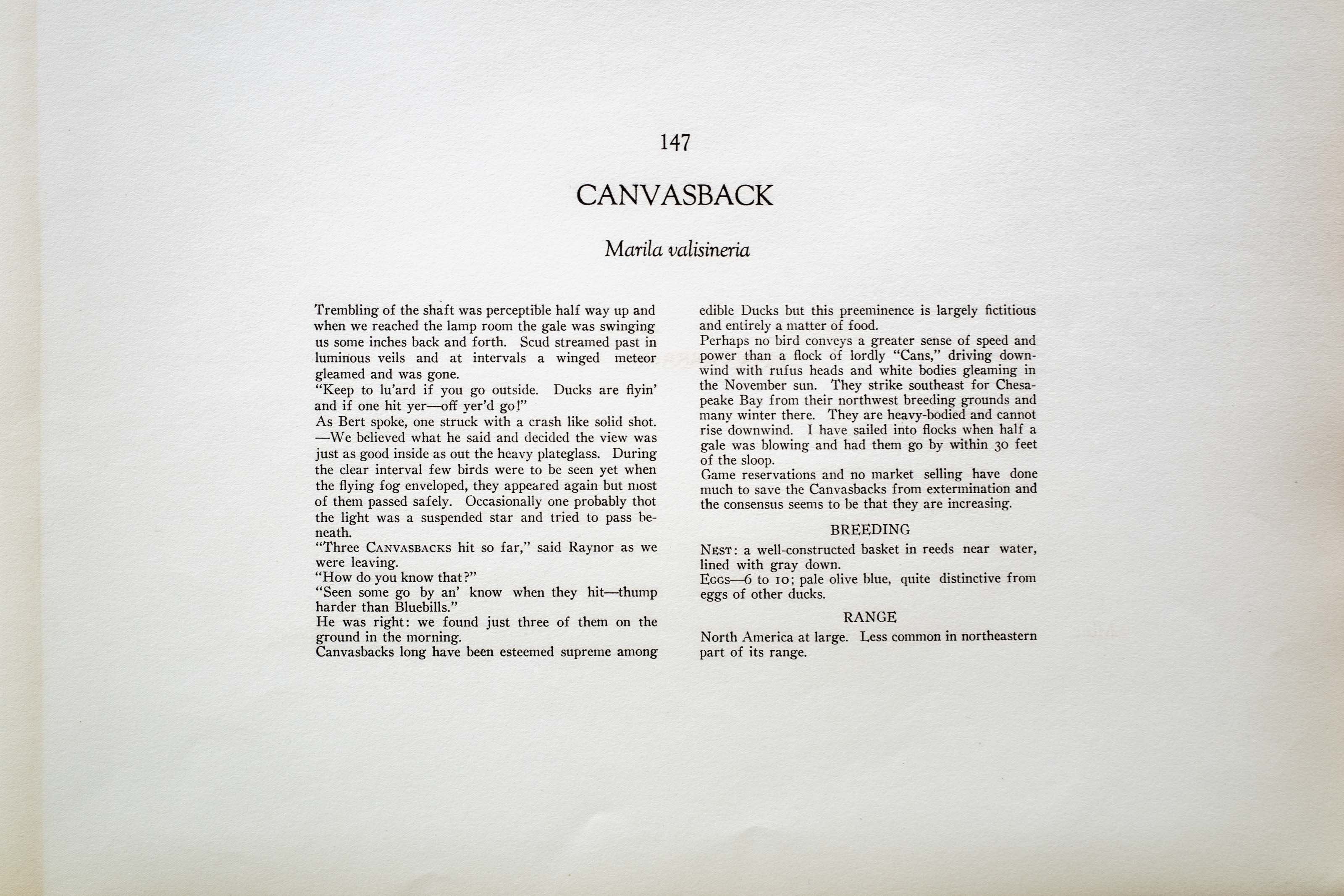






Unknown
1930
3
147
A team of dedicated board members, volunteers, and student interns has published every page in Volume 9. This volume includes 360 images of paintings and lyrical descriptions of birds, now available online for everyone to enjoy anywhere in the world. This is a monumental task. Each volume requires approximately 400 hours to photograph, edit, transcribe, catalog, and publish online. We need your support to complete this work.
If you're tech-savvy, have a good eye, are meticulous with details, and love structured data, please consider volunteering by emailing us at hello@rexbrasher.org.
We encourage all bird lovers and supporters to consider a monetary donation to support our mission to make Rex's work available for everyone. You can provide a one-time or recurring donation online.
Trembling of the shaft was perceptible half way up and when we reached the lamp room the gale was swinging us some inches back and forth. Scud streamed past in luminous veils and at intervals a winged meteor gleamed and was gone.
"Keep to lu'ard if you go outside. Ducks are flyin' and if one hit yer — off yer'd go!"
As Bert spoke, one struck with a crash like solid shot. — We believed what he said and decided the view was just as good inside as out the heavy plateglass. During the clear interval few birds were to be seen yet when the flying fog enveloped, they appeared again but most of them passed safely. Occasionally one probably thot the light was a suspended star and tried to pass beneath.
"Three CANVASBACKS hit so far," said Raynor as we were leaving.
"How do you know that?"
"Seen some go by an' know when they hit — thump harder than Bluebills."
He was right: we found just three of them on the ground in the morning.
Canvasbacks long have been esteemed supreme among edible Ducks but this preeminence is largely fictitious and entirely a matter of food.
Perhaps no bird conveys a greater sense of speed and power than a flock of lordly "Cans," driving downwind with rufus heads and white bodies gleaming in the November sun. They strike southeast for Chesapeake Bay from their northwest breeding grounds and many winter there. They are heavy-bodied and cannot rise downwind. I have sailed into flocks when half a gale was blowing and had them go by within 30 feet of the sloop.
Game reservations and no market selling have done much to save the Canvasbacks from extermination and the consensus seems to be that they are increasing.
NEST: a well-constructed basket in reeds near water, lined with gray down.
EGGS — 6 to 10; pale olive blue, quite distinctive from eggs of other ducks.
North America at large. Less common in northeastern part of its range.